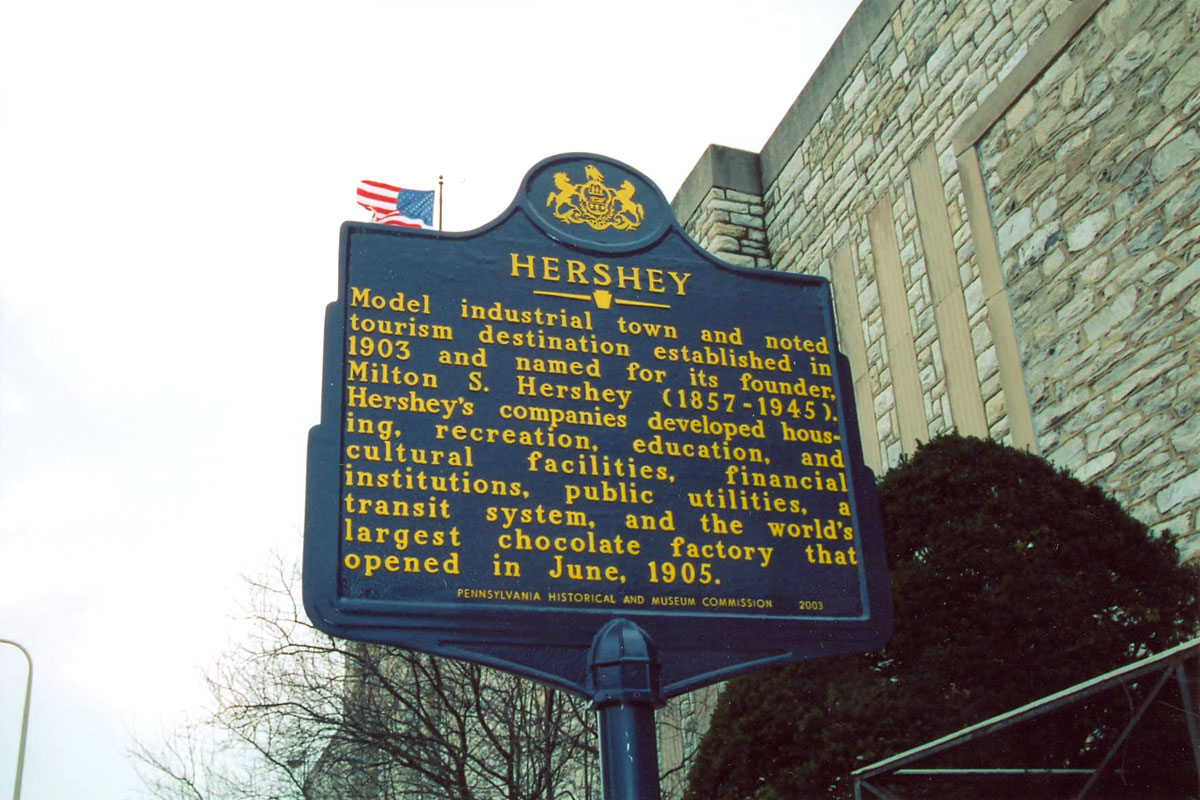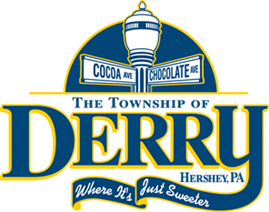
The History of Derry Township
The Township of Derry was incorporated on August 1, 1729, when Lancaster County divided the territory for tax purposes. At that time, the boundaries of Derry Township were much larger and included three other townships within Lancaster and Dauphin County. The western portion became Derry Township, and the eastern portion became Londonderry Township. The first official government in Derry Township was established in 1759. Five officials were elected for one-year terms. The number of elected officials in Derry remains at five members. However, the terms are six years.
Derry became a part of Dauphin County when it was established in 1785. In 1787, the population of Derry Township was 198. The most recent census records indicate the population as 21,273. Scott-Irish, Germans, and Swiss Germans migrated to Derry Township for religious freedom. The Township was primarily a rural farming community. The Derry Presbyterians built a log church, and the small community around it became known as the Derry Church.
1800s
The Horseshoe and Reading turnpikes connecting Derry Township to the rest of Pennsylvania were constructed, better known today as State Road 322 and State Road 422. The Union Canal was completed in 1827, bringing together the Schuykill and Susquehanna Rivers. Items such as flour, food, livestock, coal, and lumber were shipped on the canal. The Lebanon Valley Railroad came to Derry Township in 1858. The rails serviced the local quarries, flour and sawmills, distilleries, tanneries, and lime kilns. In 1860, the local population was 2,300.
Public education began in Derry Township with the Pennsylvania Free School Act of 1834. The Township’s first school was the Derry Church One-room School, built in 1844 and located on Mansion Road. Over the next few decades, twelve more one-room schools were constructed in the Township.
Hungarian and Italian immigrants, plus migrant African Americans from Virginia, came to Derry Township for economic opportunities, finding employment in the local quarries. LImestone and brownstone were shipped for building materials. While most of them were transient workers, many Italian stonecutters brought their families and settled in the area.
1900s
Milton S. Hershey returned to his birthplace to build a new factory for the Hershey Chocolate Company in 1903. The Hershey Volunteer Fire Company was organized two years later. The area boomed with construction for the next 15 years with the development of a model industrial town. New structures included sites such as the Cocoa House (1905), Hersheypark (1907), Hershey Laundry (1908), Ballroom (1909), Hershey Department Store (1910), Hershey Park Pool 1912), Hershey Trust Company (1914), the M.S. Hershey Consolidated School (1914), and the Press Building (1916). Hershey Industrial School, established in 1909 to support disadvantaged orphaned boys, is now known as the Milton Hershey School.
During the Great Depression of the 1930s, the Community Building, Hotel Hershey, Milton Hershey School Senior Hall, Hershey Sports Arena, Hershey Chocolate Corporation Windowless Office Building, and the Stadium were built.
20th Century
The Township of Derry, Hershey, remains a small-town community with residents who continue to prioritize family. The area offers an academically excelling School District, a full-service accredited police department, a state-of-the-art library, a community center with three swimming pools (two indoor, one outdoor), an indoor gymnasium, a fitness center, and ten public parks. Hershey is conveniently located within 100 miles of diverse cultural activities in Harrisburg, Lancaster, Philadelphia, and New York.



